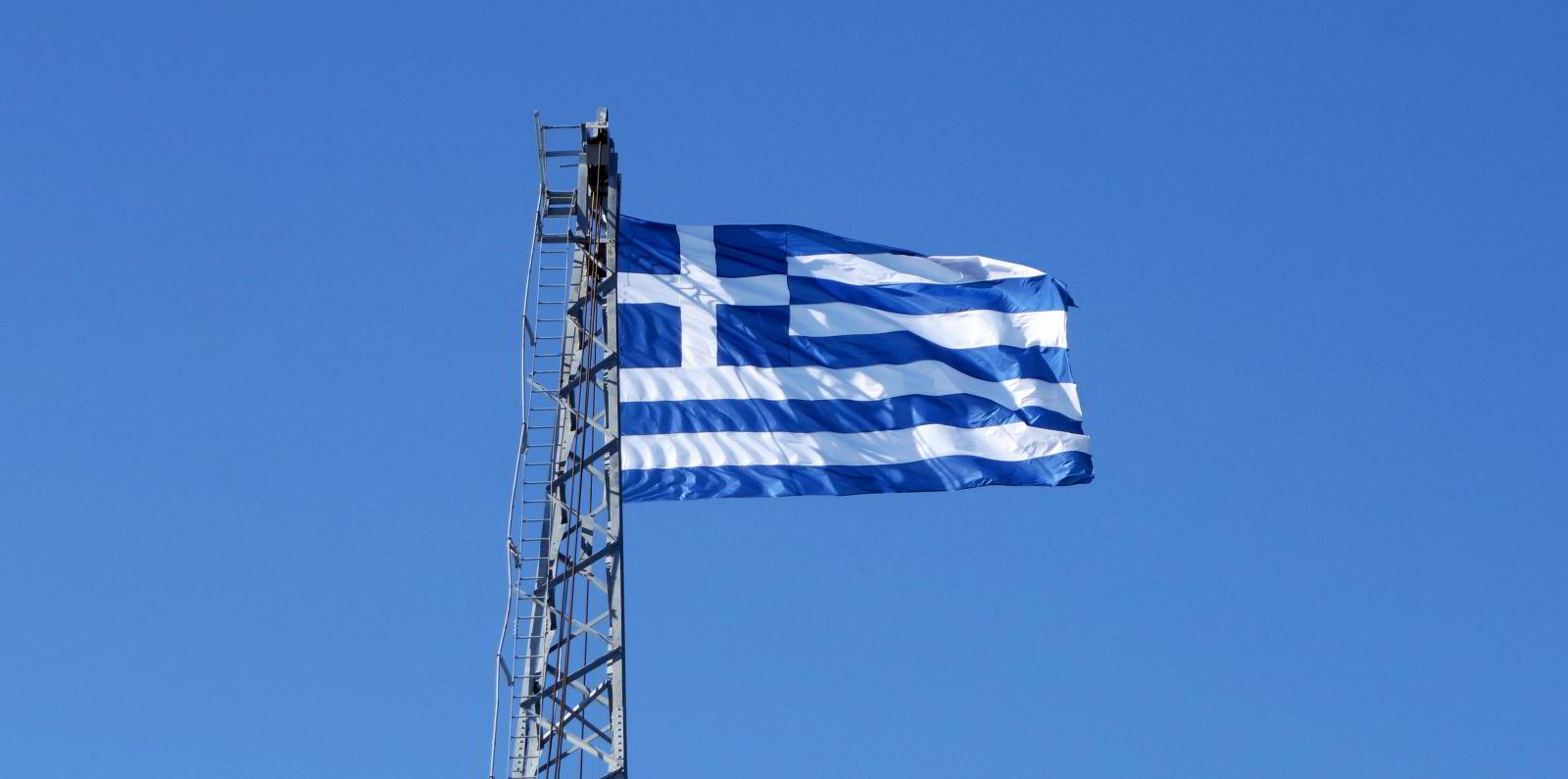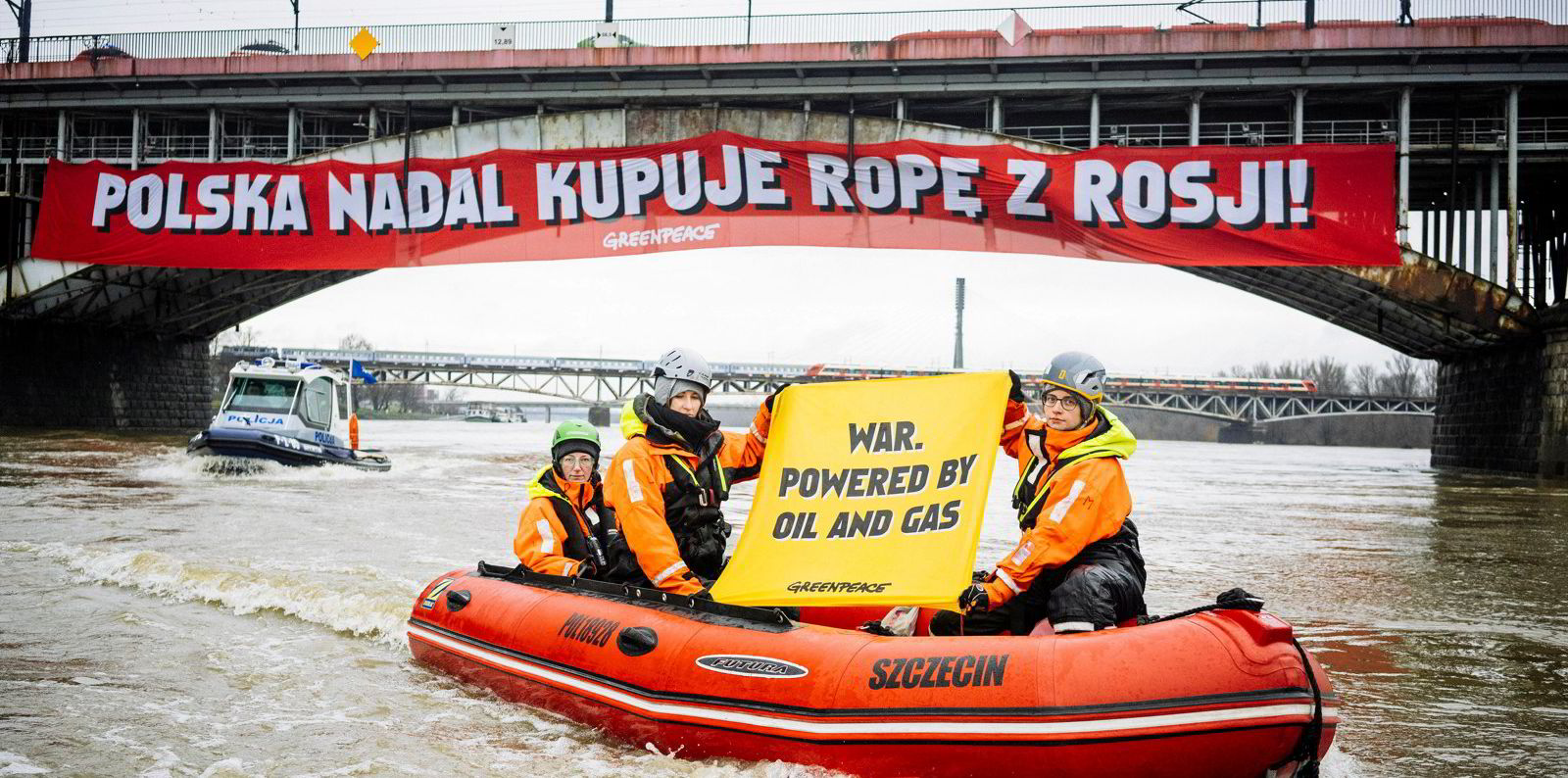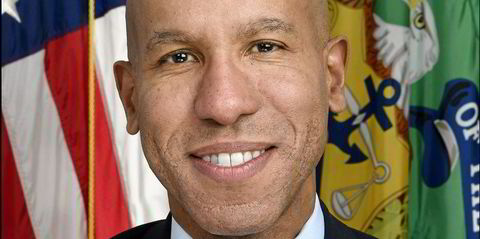Tankers from nine European countries and the US have visited Russian ports in 2023 — a sign of the continuing importance of G7 and European Union shipowners for the trade in sanctioned oil, according to research.
The analysis identifies more than 150 tankers that have made port calls to Russia this year with owners from at least 17 countries.
They include more than 60 tankers under Greek ownership, S&P Global Market Intelligence said.
The ships are from a group of more than 1,900 — about one-fifth of the global fleet of oil and product tankers — that are deemed at high or medium risk of breaching sanctions or the oil price cap, based on their ownership, port calls or ship-to-ship (STS) transfers with Russian-related entities, according to the research.
“A number of vessels owned by US, Spanish and Greek firms have recently switched to Russian routes,” said S&P Global.
They are seeking to “reposition their fleet by accessing better tanker freight rates and sourcing of refined products”.
Industry sources told TradeWinds that an aframax hauling Russian oil to India was earning four times this month what it did before the Ukraine war.
Greek-owned tankers represent about 40% of the vessels that have called into Russian ports in 2023. Tankers of unknown origin represent nearly 25%, with no other national group topping 5%, according to the figures.
Shipowners from Turkey, India and China are on the list — three countries that have emerged as major buyers of cut-price Russian oil since the invasion of Ukraine.
But the inclusion on the list of tanker owners based in the US, Italy, Norway and Spain highlights the complex nature of the three-tier regime that has emerged from the largest sanctions programme ever imposed against a major industrialised nation.
While some owners have shunned Russia completely, others have hauled oil under the Western sanctions framework that means that it can be sold to countries outside of the EU only under a certain capped price.
A third group hauling sanctioned crude outside of the regime amounts to 443 tankers of more than 10,000 dwt, according to S&P’s analysis. Other assessments of the shadow fleet have ranged between 100 and 600 vessels, it said.
Cameroon has emerged as a key flag state for tankers that have shifted to the Russian trade after hauling sanctioned Venezuelan crude, according to S&P Global.
One-third of ships involved in dark trades of Venezuelan oil in 2021/2022 are now involved in moving Russian oil through port calls or ship-to-ship transfers, the report said. The dark activity involves switching off identification systems in the vicinity of a Venezuelan port.
Of the ships that have shifted across to the Russian from the Venezuelan trade, the Cameroon registry is the most prominent.
“Since the Russian invasion of Ukraine, vessels are moving to the Cameroon flag in the hope that suspicious vessel practices, including membership of a shadow fleet, would not be regularly scrutinised or inspected,” S&P Global said.
Just three of the 43 tankers currently registered with Cameroon have a transparent ownership structure, said S&P. The number of tankers flying its flag has increased rapidly since 2019.
Clarksons lists 201 ships of all classes registered with Cameroon as of 1 February, up from 66 in 2019. That compares with 8,202 for the world’s largest flag state, Panama.
It identified shadow fleet tankers as vessels with Russian registration that made their first Russian port calls or STS transfers of oil after the price cap was introduced on 5 December; that switched from hauling Venezuelan or Iranian cargoes; or that were sold to unknown buyers since August 2022.
It removed ships from the list that had been identified as lifting Russian oil within the price cap regime based on their trading patterns, flag, country registration and ownership.
Vast majority
“The vast majority of seaborne Russian oil shipments rely on services provided by companies based in the G7,” said the analysis.
“Large volumes of Russian oil are shipped on Greek-owned vessels and very significant numbers of Russian vessels are insured through the UK-based International Group of P&I Clubs.”

Academics last month published a paper suggesting that Russian crude exports from Pacific ports were not complying with the G7 price cap, with average prices at about $82 per barrel — $22 over the cap.
They said half of the oil was transported by the SCF Group and the shadow fleet, which was not sanctionable — but the other half involved Western shipping services.
Russian oil elsewhere was also trading higher than the cap, according to the academics, who included researchers from Columbia Business School and the Washington DC-based Institute of International Finance.
“Our surprising finding of a significant share of Russian crude oil being sold well above the price cap level of $60 a barrel urgently calls for further investigation of these transactions and reinforces the need for stepped-up enforcement,” they said.





